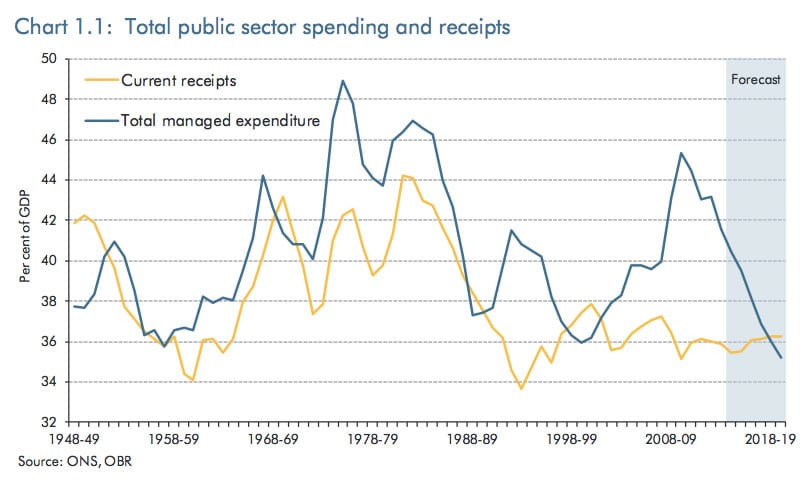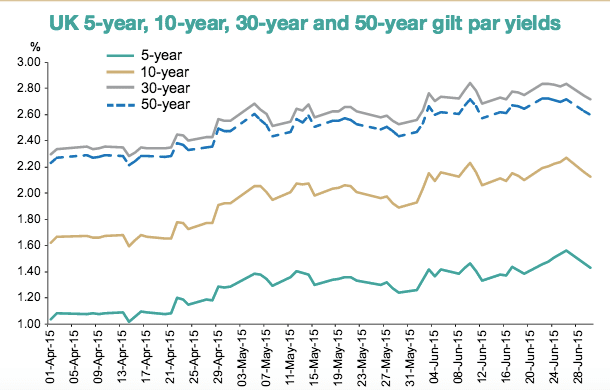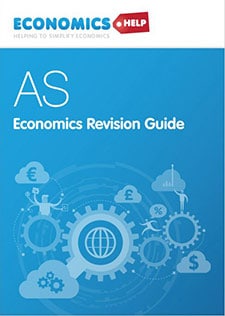Growth of Coffee Shops in UK
When I moved to Oxford in 1995, I don’t remember seeing any coffee shops apart from the odd independent coffee/tea houses. There was no major chain like – Starbucks, Costa, Coffee Republic. Now in 2010, I can visualise at least 10 off the top of my head. Costa coffee shops seem to be springing up …




